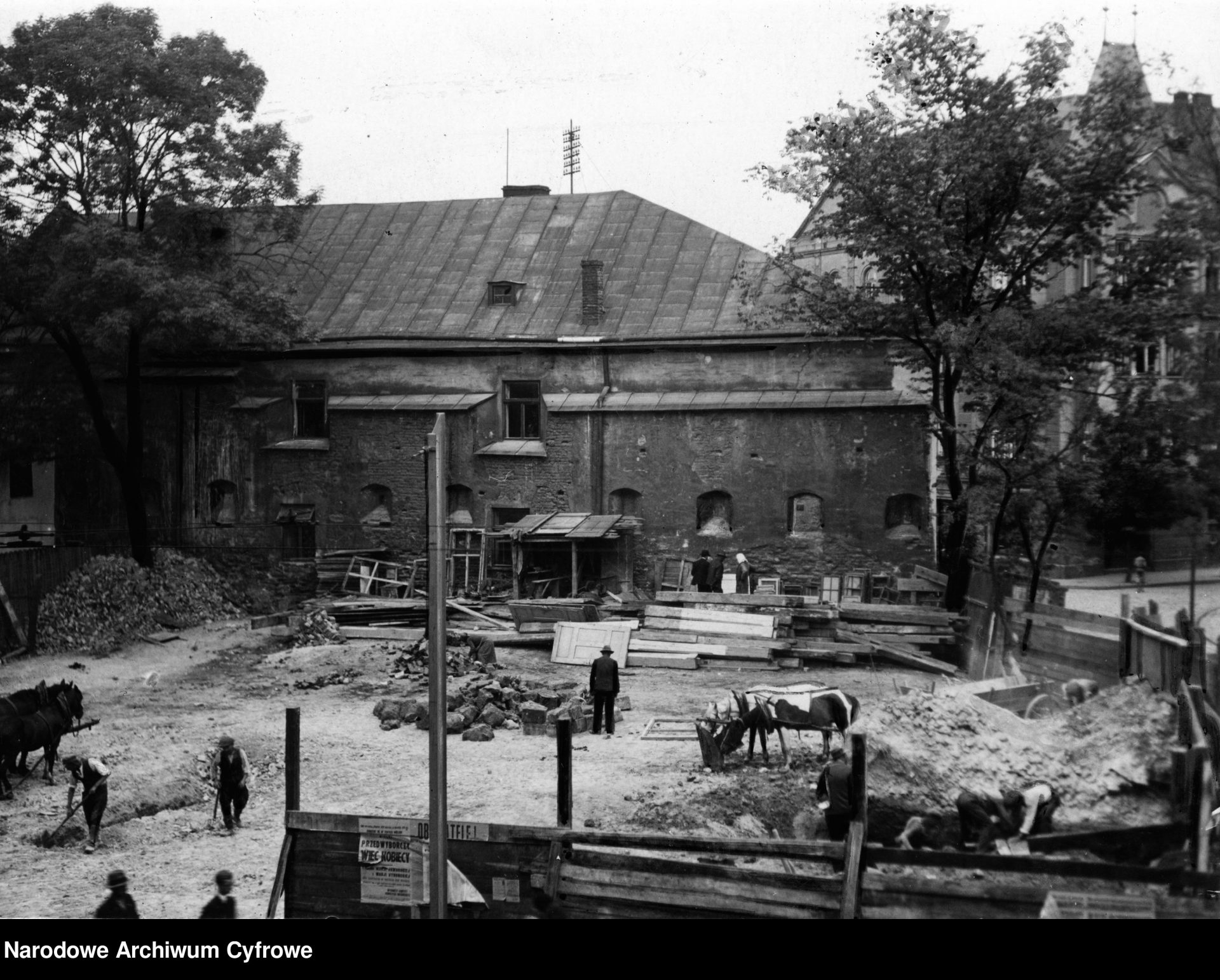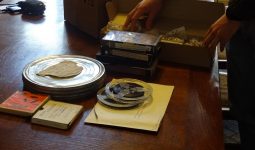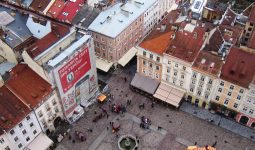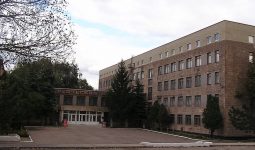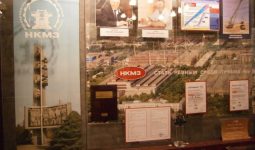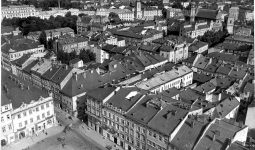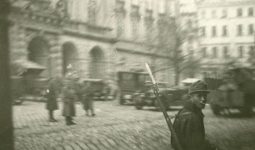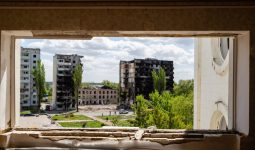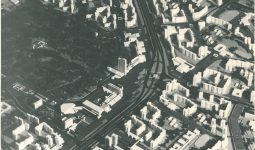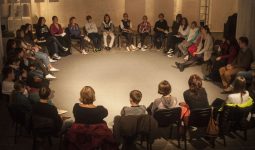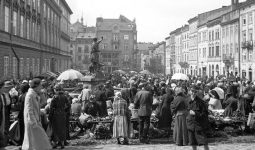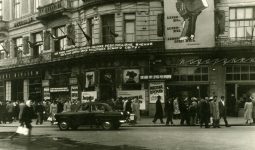(Un)Interrupted Continuity: The Conservation Movement in Interwar Lviv
Roksolyana Holovata
2022 - present
This project examines the milieu and Lviv's heritage preservation discussions between the First and Second World Wars.
The people involved in the interwar conservation movement in Lviv mostly became participants in this process back when the city belonged to the Austro-Hungarian Empire. In 1918, on the one hand, there was a new state with a new system and institutions, and on the other hand, there were people who had gained professional experience in the previous system. Hence, the following questions arise: how did the prior experience of historical heritage actors in Lviv manifest itself, and how did it correlate with other participants in this movement in the newly created institutions of the Polish Republic, namely, the milieus that emancipated themselves from the Russian and German empires?
Beyond "external" communication, there was also "internal" one within the city, among its largest national communities. On what basis were Ukrainian and Jewish representatives included in the heritage preservation authorities, namely the Conservation Commission of the Lviv Voivodeship, and what was their role there? And how did the national criterion influence, for example, the inclusion of objects in the inventory of monuments or the allocation of funds for their maintenance?
In addition to the broader contextual framework, the study focuses on the approaches and discussions on monument management (conservation/restoration/reconstruction) of the two conservators of the Lviv Voivodeship, Józef Piotrowski and Zbigniew Hornung. It can be evident in several specific examples, such as the Royal House, the Biesiadecki Palace, or the defensive walls of the Bernardine Monastery.
One of the aspects of this research is also heritage during military conflicts. How did the destruction of the First World War affect the strategy of preserving monuments? Did the strategies for maintaining or saving them change before and during the Second World War? And in what ways were Lviv's conservation movement representatives involved in these processes?
Public Events
- City walk "Conservators of Monuments in Interwar Lviv", European Heritage days / 11.9.2022
Credits
Cover image: The outer wall of the Bernardine Monastery at the corner of today's Valova, Pidvalna, and Vynnychenka streets. Source: Narodowy Archiwum Cyfrowe.
